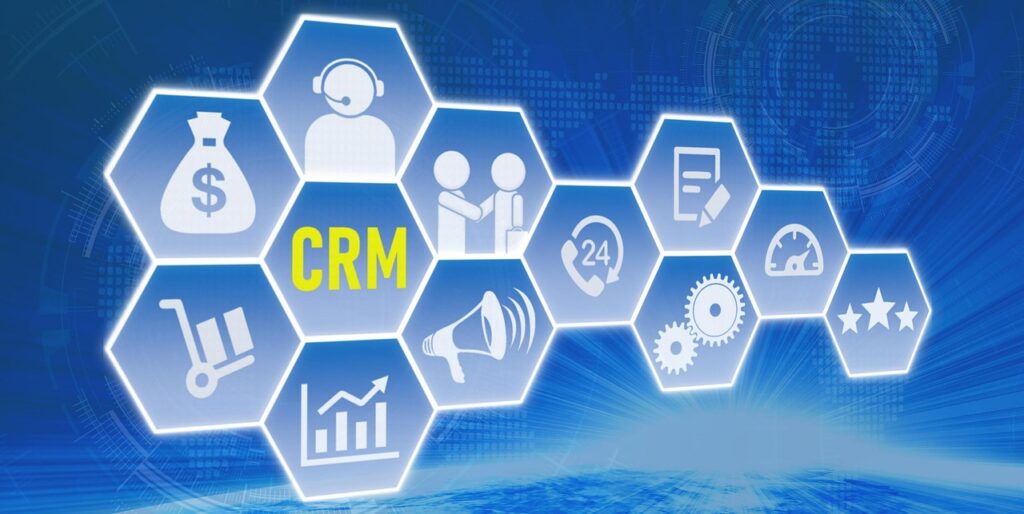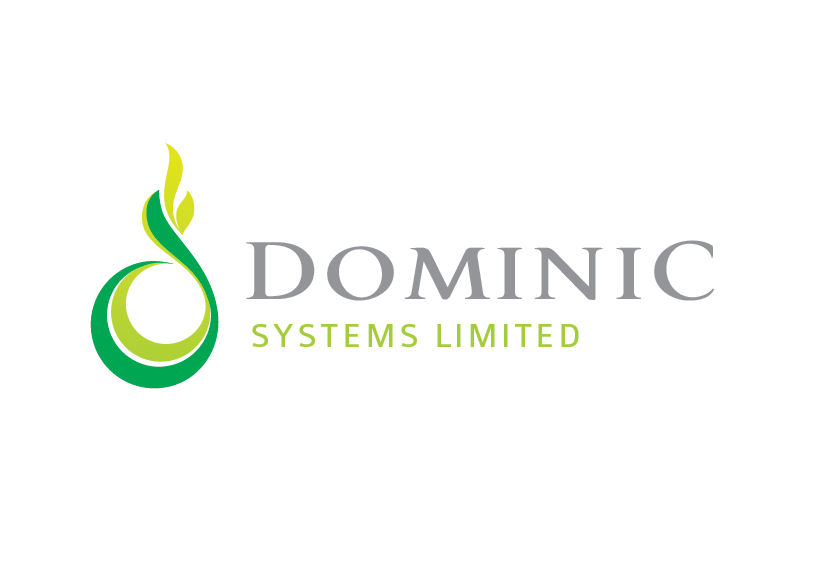DYNAMICS 365 CRM CONSULTING
The Untold Truth About Implementing Dynamics 365 CRM: What No One Tells You Part 3

Article Links
Unlocking CRM Success: The Power of Data Analytics
CRM Success
Data analytics is often hailed as the secret sauce behind successful Dynamics 365 CRM implementations, and for good reason. For example, CRM analytics can allow you to tailor your offerings more effectively—after all, who wouldn’t want to know what their customers are likely to buy next?
Refine Targeting: Use sophisticated segmentation techniques to create targeted marketing campaigns that resonate with individual customers or specific demographics.
- Aggressive Lead Follow-Up: With real-time insights into lead behaviors (like website visits or email opens), your sales team can swoop in at just the right moment—like superheroes saving the day!
- Dynamically Adjust Marketing Strategies: If a campaign isn’t performing well, real-time feedback allows for quick adjustments to optimize effectiveness rather than waiting until it’s too late.
- Crisis Management: If an issue arises (e.g., negative reviews), having access to real-time data means you can address problems immediately before they escalate.
Quality Counts: Overcoming the CRM Data Challenge for CRM Success
Data analytics is often hailed as the secret sauce behind successful Dynamics 365 CRM implementations and CRM Success, and for good reason. For example, CRM analytics can allow you to tailor your offerings more effectively—after all, who wouldn’t want to know what their customers are likely to buy next?
The effectiveness of your CRM software hinges on one crucial element: data quality. Poor-quality data can lead to misguided strategies and ultimately hurt your bottom line. To maintain robust analytics capabilities, ensure you’re focusing on:
- Cleansing Your Data Regularly: This involves removing duplicates and correcting inaccuracies—a necessary step if you want reliable insights! Unfortunately, this is not a one-and-done exercise – someone should be regularly checking and cleansing your data on an ongoing basis.
- Migrating Existing Data Thoughtfully: If you’re moving from platforms like SYSPRO CRM to Microsoft Dynamics 365, ensure careful planning during migration so you don’t lose valuable information.
- User Training on Data Entry Best Practices: Your team should know how vital accurate data entry is; after all, garbage in equals garbage out.
- Data validation within Dynamics 365: use the formatting and validation capabilities of Dynamics 365 to assist your users and your data feeds in keeping the data clean. This can be as simple as formatting a field to look like a valid email address. Or it can involve complex multi-field validations—like ensuring a series of percentage fields add up to 100.
The effectiveness of your CRM software hinges on one crucial element: data quality. Poor-quality data can lead to misguided strategies and ultimately hurt your bottom line. To maintain robust analytics capabilities, ensure you’re focusing on:
Dynamics 365 includes tools for reporting, charting, and creating dashboards, but Dominic Systems recommends that our clients look to Power BI for advanced Analytics and Reporting to really make the most of all that data the system is collecting.
The bottom line? Embracing data analytics within your Dynamics 365 CRM framework doesn’t just elevate operational efficiency; it enriches every interaction with customers. Get ready to harness the power of insights.
Your journey toward CRM success starts with understanding that great insights lead not only to improved strategies but also happy customers—and that’s worth its weight in gold!
Integration Challenges with Existing Systems
Integrating Dynamics 365 CRM with your existing systems can feel like trying to fit a square peg into a round hole—frustrating and often a bit messy. You’ve made the decision to improve your Customer Relationship Management, but the reality is that connecting new technology with legacy systems presents unique challenges.
CRM and Your Existing Systems: Solving the Compatibility Conundrum
First up, compatibility issues frequently surface when integrating CRM solutions with existing software like ERP systems. Think of it this way: your CRM is like a new family member coming in for the holiday dinner. The more people at the table, the greater the chance for an awkward moment. Here are some common compatibility challenges:
- Data Formats: Different systems often use varying formats for data storage, making it tricky to share information seamlessly.
- APIs and Connectors: Not all software plays well together. Finding or building the right API or connector may take time, and sometimes it’s like searching for a needle in a haystack!
- User Experience Consistency: Even if you manage to connect everything, different interfaces can confuse users, leading to inefficient operations.
Escaping the Data Migration Maze: Smooth Transitions to CRM
Migrating data from older systems into your new Dynamics 365 CRM can feel akin to moving houses—exciting but chaotic! This migration phase involves several critical steps:
- Cleansing Data: Just like decluttering before moving, ensure you remove unnecessary or duplicate data before migration. Trust us; your future self will thank you!
- Selecting Relevant Data: Not every piece of historical data needs to come along for the ride; focus on what’s valuable for future insights.
- Testing Migration Processes: A successful migration requires thorough testing. You want to be sure everything works as expected post-move without any nasty surprises!
But that is just migration; we have not even gotten to integration yet.
Embracing Change: Building a CRM-Friendly Team Culture
An often-overlooked challenge in integration is cultural resistance from team members. Adopting new systems means changing how people work daily—but change isn’t always met with open arms. Here’s how you can ease this transition:
- Engage Your Team Early: Invite input and feedback during the integration process to foster buy-in and reduce resistance.
- Create Support Resources: Simplifying user guides or hosting informal Q&A sessions can help demystify the new system.
- Celebrate Small Wins: Acknowledge milestones achieved during integration to keep morale high as everyone adjusts.
“Change is hard at first, messy in the middle, but gorgeous at the end!”
The process doesn’t have to be daunting! Proper planning and expert support can turn potential pitfalls into opportunities for growth. Our pre-configured solutions, like the Dynamics 365 Connector for SYSPRO, are designed specifically to tackle such challenges head-on.
One of the nice features of Dynamics 365 is that it can adapt to whatever processes you want or need. If, for example, a legacy system dictates that things be done in a certain sequence, Dynamics 365 and the underlying Power Platform will allow you to accommodate those limitations with a minimum of pain.
If you’re feeling overwhelmed by potential integration challenges, remember that seeking guidance from CRM integration specialists can save you from headaches later on. Embrace this adventure towards better connectivity—you’re not just implementing a system; you’re paving the way for enhanced efficiency and happier customers.
